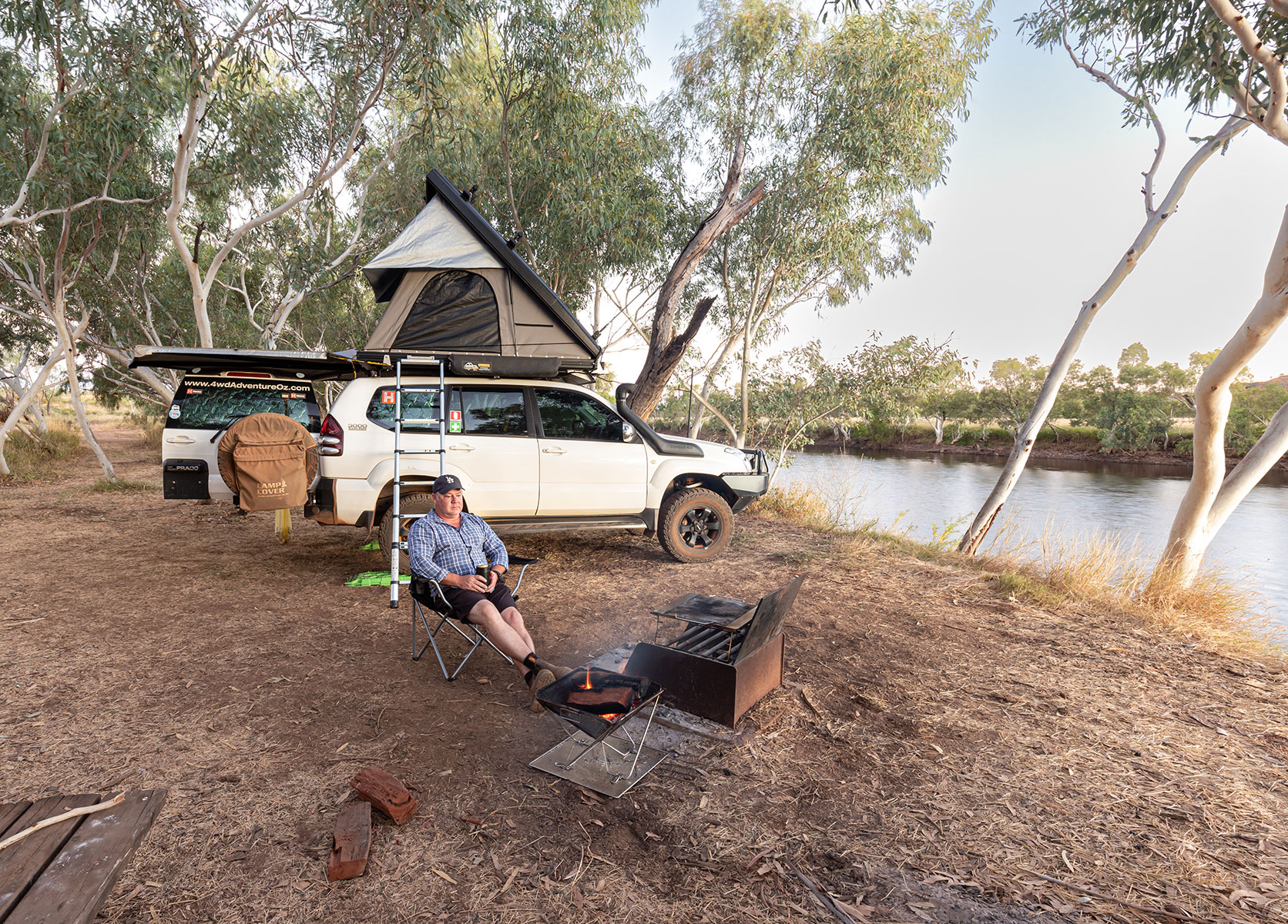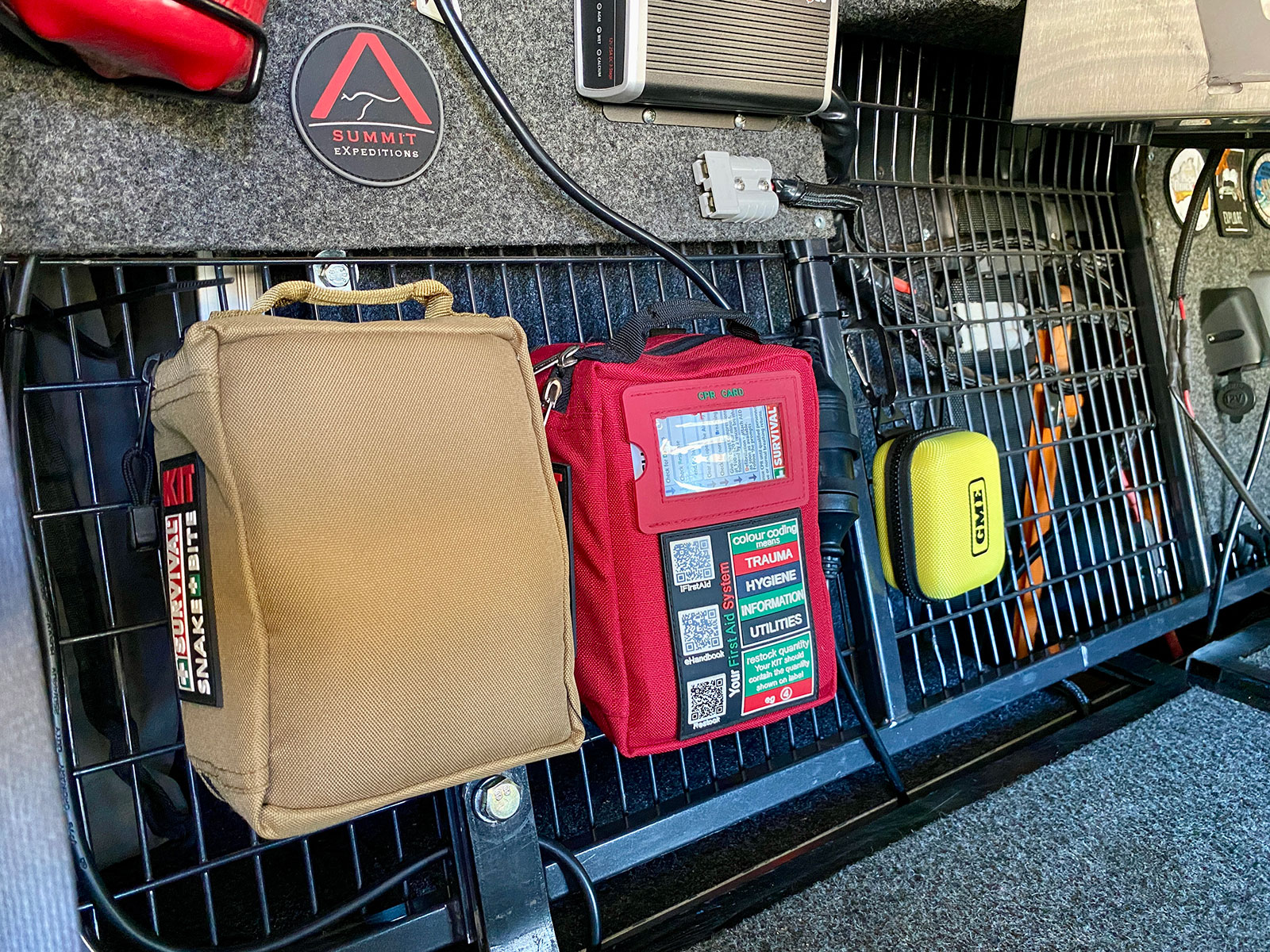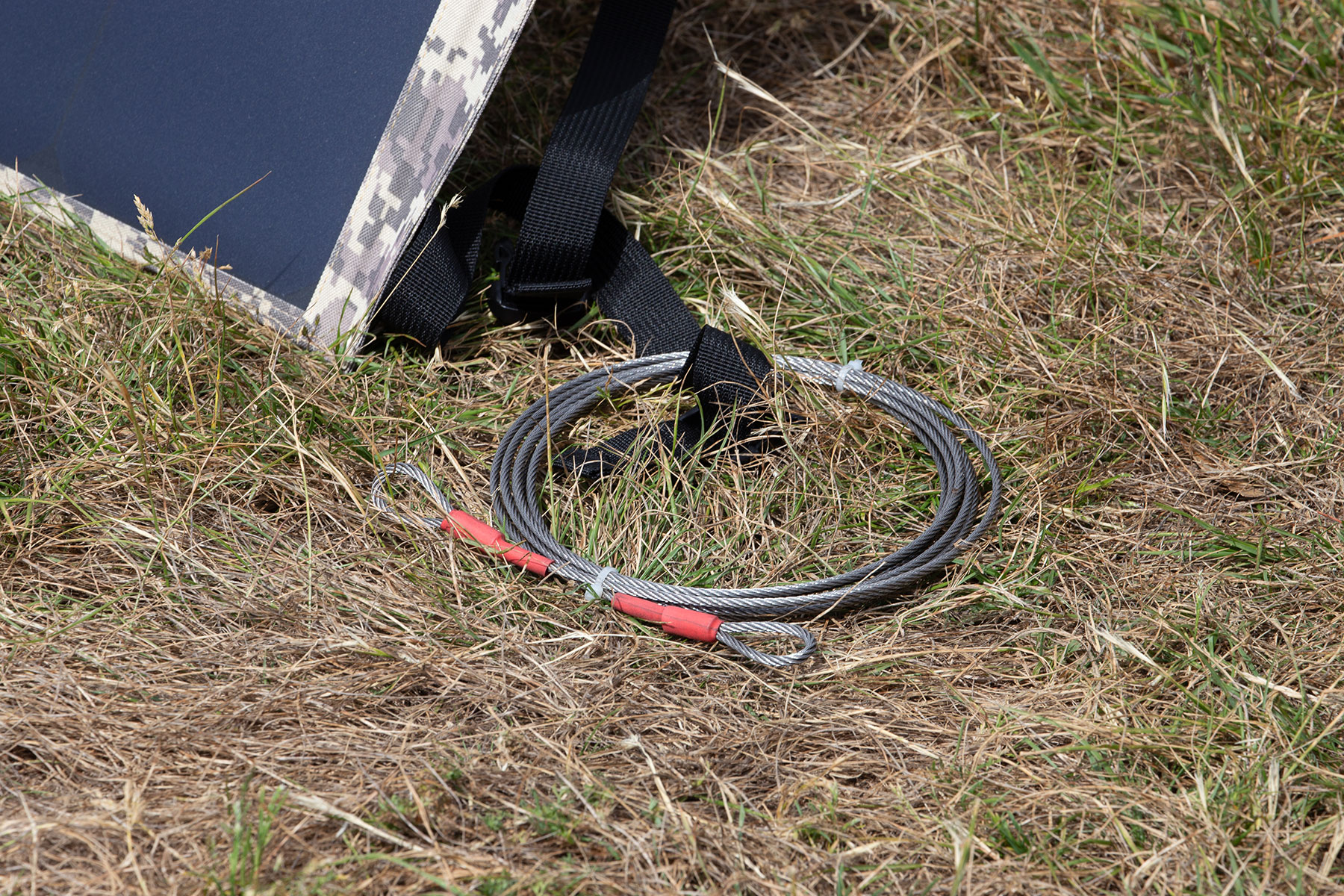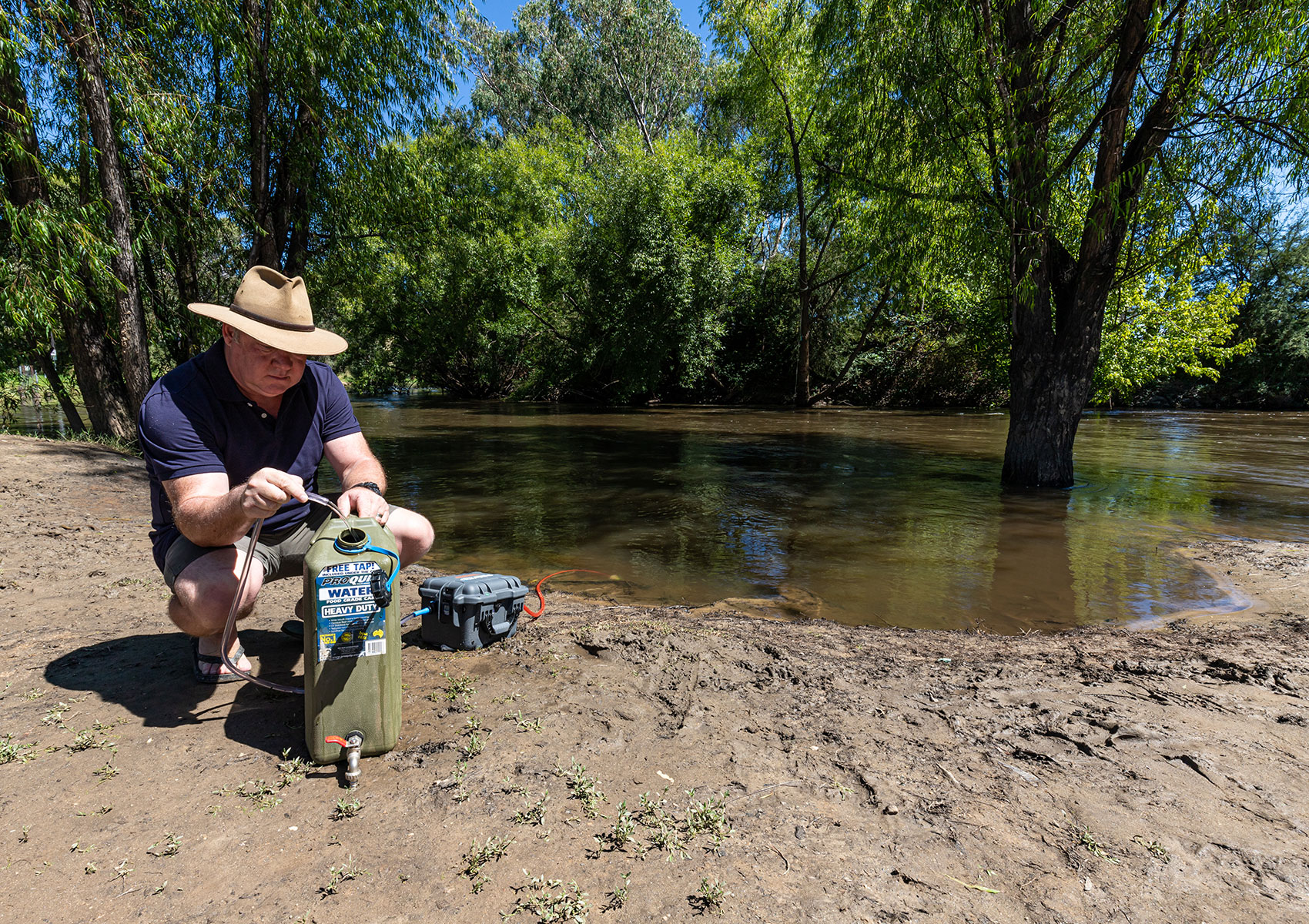Camping in Australia offers a unique opportunity to connect with the great outdoors and experience the breathtaking landscapes the country has to offer. However, amid the excitement of outdoor adventures, it’s crucial to prioritise safety and security to ensure a memorable and enjoyable experience. By planning diligently, equipping yourself with the necessary gear and staying informed about potential risks, you can enjoy a safe and memorable camping experience in the diverse landscapes of Australia.
Remember to respect nature, wildlife, and local regulations, and always be prepared for emergencies. With the right precautions in place, your camping trip can be an enriching outdoor adventure. Here is a comprehensive guide to camping safely and securely in Australia.
1. Planning and preparation
Research and choose campsites wisely
Before embarking on your camping trip, research potential campsites thoroughly, Hema Maps has many guidebooks and atlases that will help you. Look for established campgrounds with facilities that suit your setup and have facilities such as toilets, water sources, shade, firepits and tables. National parks and state forests often provide safe camping options with designated sites, and these days most require online booking and payment before you get there. If you prefer remote or secluded campsites, check the reviews in one of the many apps available to see if anyone has mentioned feeling unsafe.



Check weather conditions
Aussie weather can be unpredictable, with extreme heat, bushfires and sudden downpours common in certain regions. Stay informed about weather forecasts and change your plans if needed. Ranger stations often display upcoming weather forecasts and there are a couple of decent weather apps available for your smartphone. Avoid camping in areas prone to flooding or bushfire risks, especially during peak seasons, again there are emergency apps available and often emergency services will send a text to your phone alerting you to approaching danger.
Inform others of your itinerary
Share your camping itinerary with trusted friends or family members. Include details such as your planned route, expected return date and emergency contact information. This ensures that someone is aware of your whereabouts in case of unforeseen circumstances, and don’t forget to keep them updated.
2. Gear and equipment
 Emergency essentials are something you should always carry
Emergency essentials are something you should always carry
Quality camping gear
Invest in high-quality camping gear, including a sturdy foldable camp chair, cooking equipment and appropriate clothing. Choose gear that is lightweight, durable equipment and suited to our harsh environment. It is also a good idea to be aware of the fabric qualities of your clothes and gear and be careful of or avoid any flammable materials. Check your gear before departure to ensure everything is in good condition and works as it should.
Emergency essentials
Pack essential emergency supplies, such as a well-stocked first aid kit and a snake bite kit, navigation tools such as paper maps and a compass, extra food and clean water, and a communication device (e.g., mobile phone, satellite phone and a personal locator beacon). While Starlink is a fantastic communication tool, it is no good in an emergency if you cannot power it. These items are crucial for handling emergencies and unexpected situations while camping, especially when heading into remote areas. Simple things like insect repellent are also worth adding to your kit.
Fire safety equipment
Bushfires are a significant concern in Australia, especially during the dry season. Carry fire safety equipment such as a fire extinguisher, shovel and water containers to suppress and prevent fires. Follow local fire regulations and guidelines when building campfires. Never leave a fire unattended and ensure it is 100 per cent extinguished before you leave camp — remember, ashes and coal can retain heat for a long time after the flames have been extinguished. If driving over spinifex, stop regularly to remove any that has become trapped in the underbelly of your vehicle, reducing the risk of a vehicle fire.
3. Wildlife awareness
 Always heed the warning sign
Always heed the warning sign
Respect wildlife
Australia is home to diverse wildlife, including drop bears, kangaroos, koalas, snakes, spiders and crocodiles. Respect the local wildlife by observing from a safe distance and avoiding interactions that could endanger yourself or the animals. Do not feed or approach wild animals, as this can disrupt their natural behaviours and pose risks.
Snake safety
Be vigilant for snakes, especially in bushland and rural areas. Wear closed-toe shoes, avoid walking through tall grass or dense vegetation, and use a torch at night to illuminate your surroundings. Familiarise yourself with common snake species and their habitats to minimise encounters. If you encounter a snake, leave it alone, don’t panic, and back away slowly to a safe distance and allow the snake to move away.
Keep your campsite clean
Dispose of rubbish properly to avoid attracting wildlife such as dingoes and birds. There is nothing worse than waking up to find your rubbish strewn all over the campsite.
4. Campsite security
 Lock up your valuables
Lock up your valuables
Secure your campsite
Upon arrival at your chosen campsite, take measures to secure your belongings and surroundings. Store food securely in sealed containers or lockers to prevent wildlife from scavenging. Keep a clean campsite to deter pests and reduce the risk of fire hazards.
Personal safety
Prioritise personal safety by locking your vehicle, caravan or camper trailer and securing valuable items such as generators and solar panels with locks and chains when you are away from your camp or sleeping or better still, pack them away. Be cautious of strangers and unfamiliar individuals around the campsite and trust your instincts. If you feel uncomfortable or threatened call the police or if this isn’t possible, pack up and leave.
Respect the environment
Following sustainable camping practices will keep campsites open. Leave it better than you found it by cleaning up after yourself and those who haven’t and dispose of all waste properly. Remove all rubbish, including food scraps and non-biodegradable items, to keep the natural environment pristine for future campers to enjoy. Avoid damaging vegetation or wildlife habitats and be mindful of your impact on the ecosystem.
5. Water safety
 Lock up your valuables
Lock up your valuables
Safe water sources
Ensure access to safe drinking water by either bringing an adequate supply or treating water from natural sources. Boil, filter, or purify water obtained from rivers, lakes, or streams to remove harmful bacteria and parasites. Be aware in estuarine crocodile country if trying to access drinking water.
Beach safety
If camping near the coast, familiarise yourself with beach safety practices, including identifying hazardous surf conditions, rips, and marine life risks. Swim only at designated beaches patrolled by lifeguards and adhere to warning signs and flags, especially up north with crocs, stingers and sharks. In places such as K’gari (Fraser Island) be aware of dingoes, especially around camp, they are wild and have been known to bite humans.
THE NEXT STEP
Are you ready to experience the freedom of the open road? Don't wait - Find your dream getaway now!
RELATED ARTICLES:
Essential safety gear for outback touring




